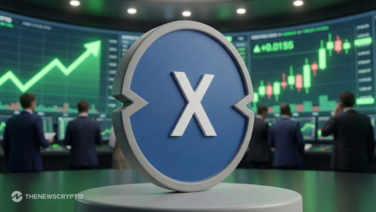- XMR is the native token of Monero and is currently trading at $186.84 USD.
- Monero employs ring signatures and stealth addresses.
Cryptocurrency users want their transactions to be as private as possible, so they demand privacy and anonymity. Fortunately, Monero has come up with a solution to this issue.
Monero was established in 2014 as an anonymous Blockchain platform for cryptocurrency users. To provide anonymity, it uses a public distributed ledger with privacy-focused technology. Observers cannot decipher activities since it is an open-source network. The architecture of Monero’s blockchain is unique, and all transaction information is kept secret from sender to recipient. Despite its resemblance to well-known cryptocurrencies like Bitcoin, Monero operates entirely differently. XMR is the native token of Monero and is currently trading at $186.84 USD.
Employs Ring Signatures and Stealth Addresses
Proof-of-work mining is used to ensure the safety of Monero, a cryptocurrency. Using this consensus approach, double-spending issues are avoided, which might lead to a skewed supply. If this occurs, it will display tokens in excess of what is available. In addition, to protect user privacy, Monero employs ring signatures and stealth addresses. Ring signatures are based on the idea that a person’s identity might be hidden among a group of individuals. In a way, it’s like a digital signature from the person that hides the transaction from the rest of the world.
While Bitcoin uses pseudonyms to keep track of transactions, Monero employs a different strategy to ensure perfect secrecy. Because of Bitcoin’s pseudonymous character, transactions are encrypted using random alphabets and letters. However, unlike Monero, this transaction is still accessible on the blockchain, making this method less secure than the Monero technique. Monero, on the other hand, employs cutting-edge technology to guarantee that this information is kept as private as possible.








